Heat-Seeking Missiles in Fur Coats

Ever wonder why your cat seems to have a built-in GPS for warmth? These furry creatures are basically living heat detectors, programmed by millions of years of evolution to seek out cozy spots. Their wild ancestors needed to conserve energy for hunting, making warmth-seeking behavior a survival skill that’s now hardwired into every house cat. When your kitty curls up on your laptop keyboard or claims that sunny windowsill, they’re following ancient instincts that kept their species alive. It’s like having a tiny meteorologist who always knows where the perfect temperature zone is hiding.
The Science Behind Feline Thermostats

Cats have a higher normal body temperature than humans – around 101 to 102.5 degrees Fahrenheit compared to our measly 98.6. This means they’re constantly working to maintain that extra heat, making them natural warmth magnets. Their metabolism burns calories just to keep their internal furnace running, so finding external heat sources is like getting a free energy boost. Think of it like your phone battery – it drains faster when it’s cold, so cats are always looking for their charging station. Their sensitive whiskers and paw pads can actually detect temperature differences as small as one degree.
Sunny Windowsills: The Ultimate Cat Real Estate

Windows facing south or west become prime cat territory because they catch the most sunlight throughout the day. Your cat isn’t just being lazy when they claim that spot – they’re making a smart energy decision. The warmth from direct sunlight can raise their body temperature without burning precious calories, which means more energy for important cat activities like knocking things off tables. Many cats will actually follow sun patches across the room as they move throughout the day, like furry sundials tracking time. It’s their version of solar power, and they’ve mastered it long before humans figured out solar panels.
Why Your Laptop Becomes a Cat Magnet

Electronic devices generate heat, and cats have figured out this modern phenomenon pretty quickly. Your laptop, gaming console, or even your cable box puts out steady warmth that appeals to their heat-seeking nature. They don’t care that they’re blocking your Netflix or interrupting your work – they’ve found a reliable heat source and they’re claiming it. The gentle humming vibration from electronics might also be soothing, similar to a mother cat’s purring. It’s like they’ve discovered the perfect combination of a heating pad and white noise machine.
The Mysterious Case of Fresh Laundry

Warm clothes straight from the dryer are irresistible to cats, and there’s solid science behind this behavior. The fabric retains heat and often carries your scent, creating a double attraction for your feline friend. They’re not trying to get cat hair on your clean clothes out of spite – they’re genuinely drawn to the warmth and comfort. The soft texture combined with residual heat creates the perfect napping environment. Plus, your cat might associate the smell of clean laundry with comfort and home, making it even more appealing than a regular warm spot.
Radiators and Heating Vents: Cat Heaven
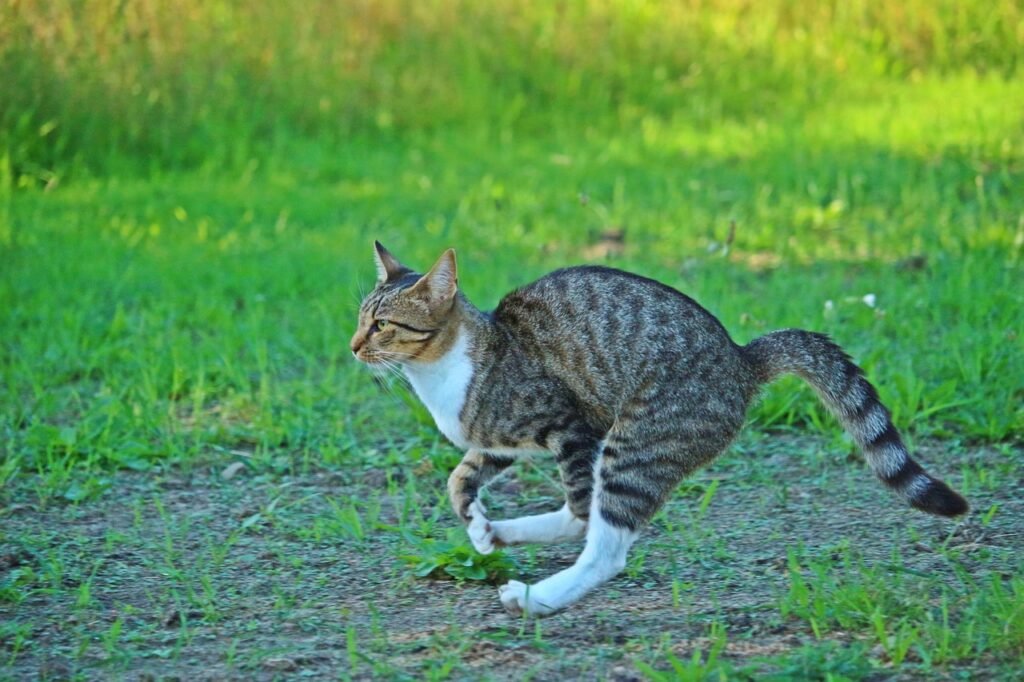
These heat sources provide consistent, reliable warmth that cats absolutely adore. Unlike sunny spots that disappear when clouds roll in, radiators and vents offer steady temperature control that appeals to their practical side. Many cats will position themselves strategically near these heat sources without getting too close to overheat. They’ve learned to find that sweet spot where they get maximum warmth without discomfort. Some cats even learn the heating schedule of their homes and appear near vents right before the heat kicks on, showing remarkable timing skills.
The Art of Heat Absorption

Cats are masters at positioning their bodies to maximize heat absorption from any source. They’ll sprawl out completely when on a warm surface to increase contact area, or curl into tight balls to conserve their own body heat. Their dark-colored fur actually absorbs heat more efficiently than light colors, which is why black cats often seem to love sunbathing even more than their lighter-colored cousins. They instinctively know how to angle themselves to catch the most rays or position their bodies to block cold drafts. It’s like they have an internal manual for heat optimization that they follow without thinking about it.
Why Cold Surfaces Are Cat Kryptonite
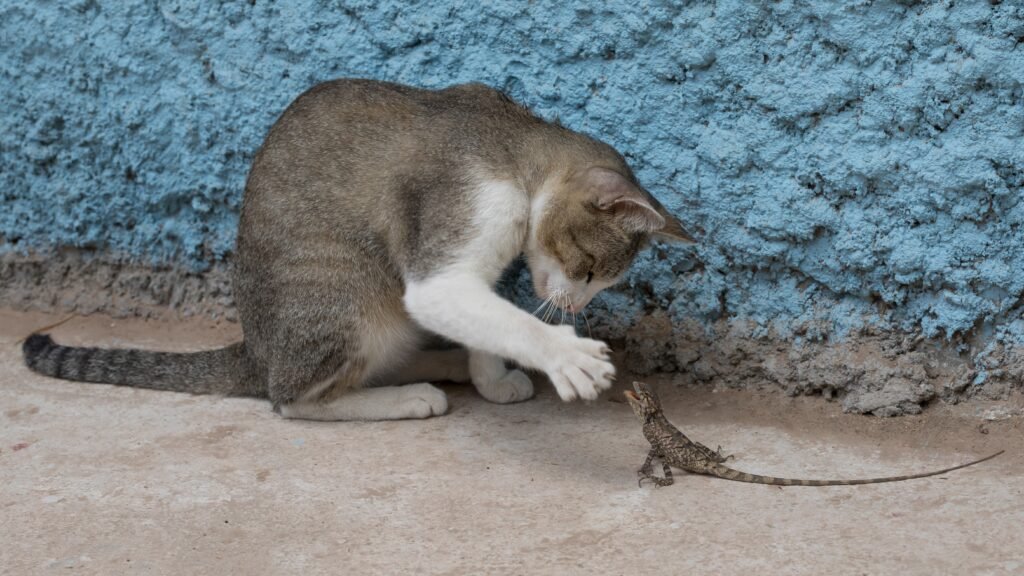
Just as cats seek warmth, they actively avoid cold surfaces that would drain their body heat. Cold floors, metal surfaces, or chilly outdoor areas are natural no-go zones for most indoor cats. Their paw pads are particularly sensitive to temperature, so stepping on cold tiles is probably like walking barefoot on ice for them. This explains why your cat might walk along the edges of rooms in winter, avoiding the cold center areas of tile or hardwood floors. They’ve developed impressive navigation skills to stay warm while moving through their territory.
The Group Huddle Strategy
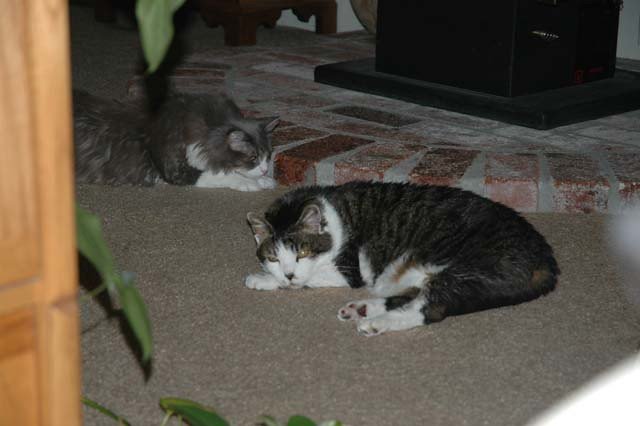
Cats living together often engage in communal warming, piling up together to share body heat. This behavior comes from their kittenhood when they huddled with littermates for warmth and comfort. Even adult cats who aren’t particularly social will sometimes put aside their independence for the sake of staying cozy. The shared warmth allows all cats involved to lower their individual energy expenditure while staying comfortable. It’s their version of carpooling – more efficient when they work together, even if they prefer to travel solo most of the time.
Your Body Heat: The Ultimate Prize
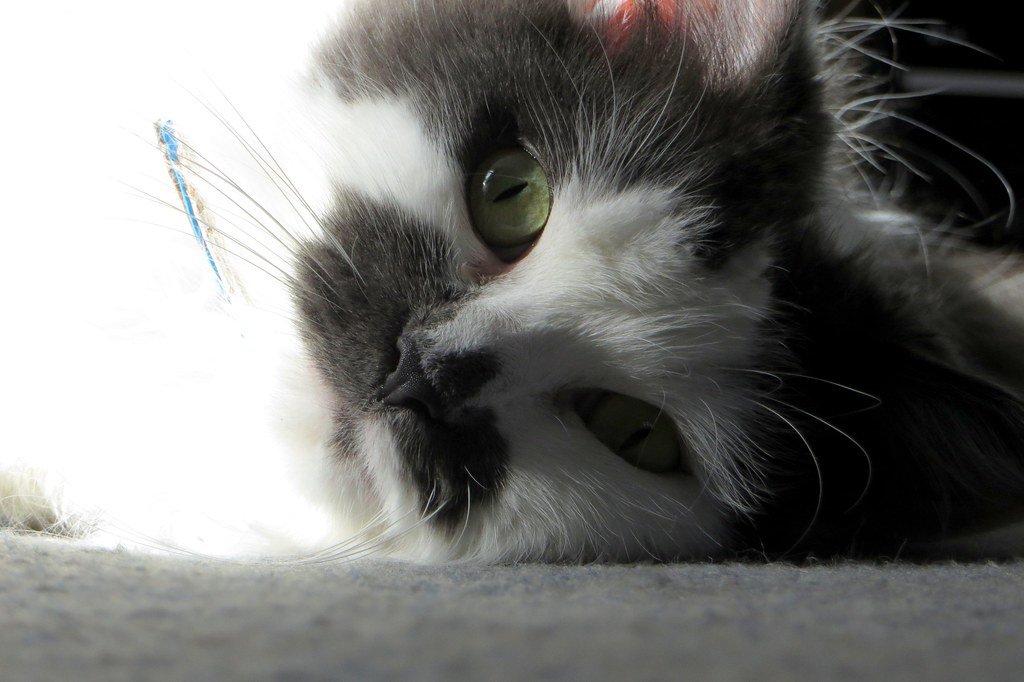
Human bodies are like personal heating pads to cats, maintaining a steady temperature and offering the perfect combination of warmth and comfort. When your cat sits on your lap or sleeps against you, they’re not just showing affection – they’re also being practical about temperature control. Your body heat helps them maintain their ideal temperature without expending their own energy. The rhythmic sound of your breathing and heartbeat might also provide comfort similar to their mother’s presence when they were kittens. From their perspective, you’re basically a mobile, purring-friendly heating system.
Seasonal Heat-Seeking Patterns
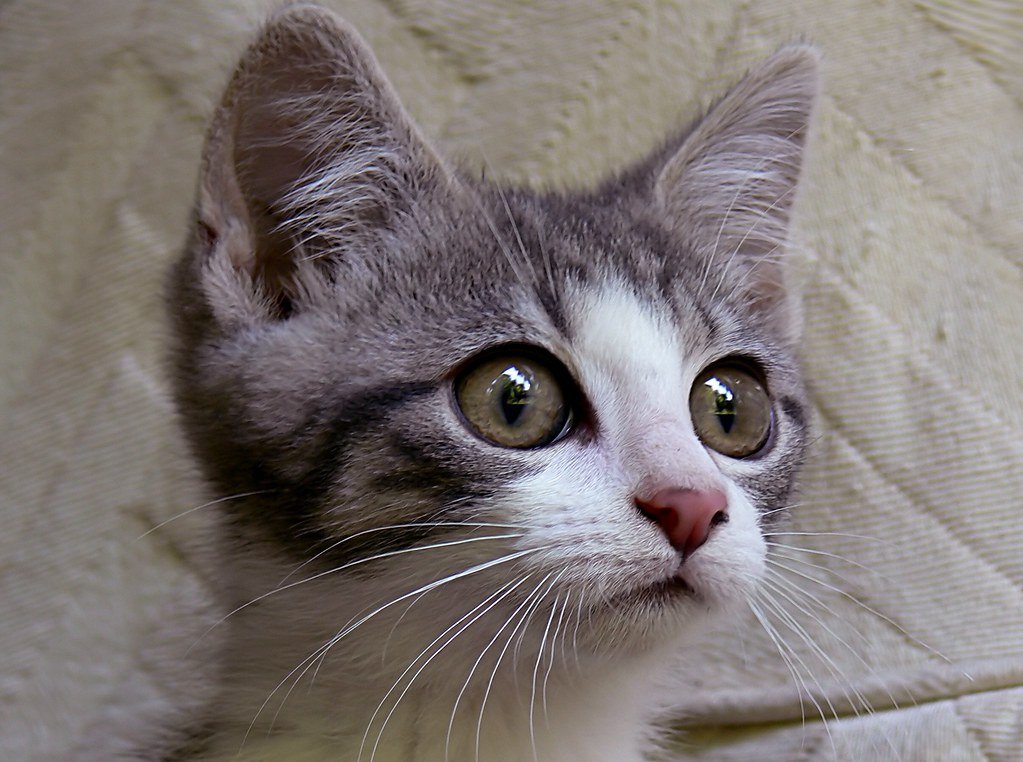
Cats adjust their warmth-seeking behavior throughout the year, becoming more aggressive about finding heat sources during colder months. In summer, they might seek out cooler spots or spread out more to release heat, but as temperatures drop, their heat-seeking intensifies dramatically. They’ll abandon their favorite summer lounging spots in favor of locations near heat sources, showing remarkable adaptability to seasonal changes. Many indoor cats can actually sense weather changes before their humans do, adjusting their heat-seeking behavior accordingly. It’s like having a furry meteorologist who predicts temperature changes through their sleeping location choices.
The Perfect Temperature Sweet Spot

Research suggests that cats prefer ambient temperatures between 86 and 97 degrees Fahrenheit – much warmer than what most humans find comfortable. This temperature preference explains why they seek out spots that feel uncomfortably warm to us, like the top of refrigerators or sunny car hoods. Their ideal comfort zone aligns with reducing energy expenditure while maintaining their higher-than-human body temperature. When they find their perfect temperature spot, cats will often defend it fiercely, returning to the same location repeatedly throughout the day. They’ve essentially mapped out the microclimates of their homes and claimed the best thermal real estate available.
Have you ever wondered if your cat’s heat-seeking behavior is more sophisticated than you initially thought?
Hi, I’m Bola, a passionate writer and creative strategist with a knack for crafting compelling content that educates, inspires, and connects. Over the years, I’ve honed my skills across various writing fields, including content creation, copywriting, online course development, and video scriptwriting.
When I’m not at my desk, you’ll find me exploring new ideas, reading books, or brainstorming creative ways to solve challenges. I believe that words have the power to transform, and I’m here to help you leverage that power for success.
Thanks for stopping by, Keep coming to this website to checkout new articles form me. You’d always love it!






